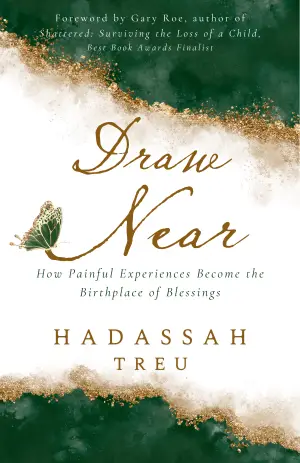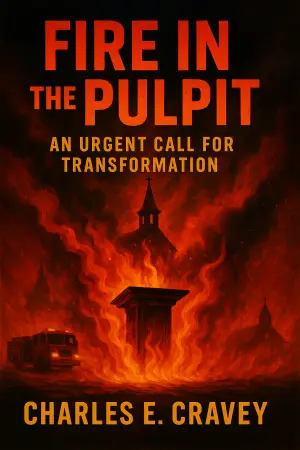Book Review: The Two Towers by J.R.R. Tolkien
There’s something about wandering through the rich tapestry of Middle-earth that keeps me coming back, especially when I reach the pages of The Two Towers. J.R.R. Tolkien’s lyrical prose and deeply layered storytelling transport me to a world where battles are fought not only on the physical battlegrounds but also within the hearts and minds of its characters. With extraordinary battles and stunning imagery, this installment solidifies my admiration for Tolkien as more than just an author—he’s a master weaver of narratives.
As The Two Towers unfolds, the Fellowship of the Ring is split into three disparate paths, each fraught with its own challenges and realities. Frodo and Sam embark on a solitary quest, accompanied by Gollum—his duality echoing themes of obsession and redemption; meanwhile, Pippin and Merry find themselves amidst the Ents, and Aragorn, Legolas, and Gimli venture into the intriguing realm of Rohan. The splitting of the characters adds an innovative layer to the narrative, allowing us to see how friendships forge and evolve against the backdrop of epic conflict.
One of my favorite moments in the book occurs as Aragorn, Legolas, and Gimli camp near Fangorn Forest. The imagery Tolkien paints is enchanting, almost alive: “the brown leaves now stood out stiff, and rubbed together like many cracked hands taking comfort in the warmth.” I can almost feel the presence of the forest, heavy with secrets and unspoken histories. This type of writing—rich in sensory detail—is what keeps me engrossed. It’s not just storytelling; it’s an immersive experience that seems to breathe with life.
The battle sequences, particularly at Helm’s Deep, are some of the most gripping scenes I’ve ever read. The intensity as Gimli beheads two Orcs to save Éomer is a moment that stands out as both heroic and visceral. Through his vivid descriptions, Tolkien immerses us in the chaos of battle, illustrating not just the action but the emotional weight behind each decision. I find myself on the edge of my seat, knowing the stakes are not merely about victory, but about the enduring nature of hope.
Equally poignant are the themes of environmentalism, highlighted through Treebeard’s lament about the disappearance of the Entmaidens. This has always struck a chord with me. In an age where ecological concerns loom large, Tolkien’s reflections on nature resonate profoundly, reminding us of the fragility of life and connection to our environment. Treebeard’s narrative around loss feels deeply relevant, not just in a fantasy context but in the reality we face today.
The contrast of friendship between characters like Gimli and Legolas is a beautiful study of camaraderie overcoming prejudice. Their evolving bond provides a warmth and depth to a narrative steeped in darkness. The dialogue between them after their adventures leaves me with a sense of optimism, continuously reaffirming that even amidst chaos, friendship can illuminate the darkest paths.
The Two Towers is a remarkable continuation of a beloved trilogy, seamlessly blending intricate character arcs with a gripping narrative. It’s a journey that not only entertains but challenges readers to reflect on themes of loyalty, courage, and stewardship over our world.
This book is a treasure for fans of fantasy, adventure, and even those who appreciate profound ecological themes woven into storytelling. For anyone looking to escape into a meticulously crafted world filled with unforgettable characters and gripping battles, The Two Towers is an absolute must-read. I know I’ll be revisiting it again, eager for another trip to Middle-earth and the unforgettable characters within.
[ad_2]
Discover more about The Two Towers (The Lord of the Rings, #2) on GoodReads >>






